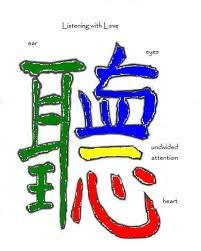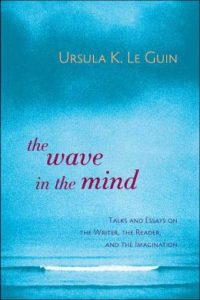intersubjective
Listening between the lines.
July 28, 2017“Words are events, they do things, change things. They transform both speaker and hearer; they feed energy back and forth and amplify it. They feed understanding or emotion back and forth and amplify it.”
-Ursula K. Le Guin
Maria Popova/Brainpickings
But the magic of human communication, Le Guin observes, is that something other than mere information is being transmitted — something more intangible yet more real:
In most cases of people actually talking to one another, human communication cannot be reduced to information. The message not only involves, it is, a relationship between speaker and hearer. The medium in which the message is embedded is immensely complex, infinitely more than a code: it is a language, a function of a society, a culture, in which the language, the speaker, and the hearer are all embedded.
Paralleling Hannah Arendt’s assertion that “nothing and nobody exists in this world whose very being does not presuppose a spectator,” Le Guin points out that all speech invariably presupposes a listener:
In human conversation, in live, actual communication between or among human beings, everything “transmitted” — everything said — is shaped as it is spoken by actual or anticipated response.
Live, face-to-face human communication is intersubjective. Intersubjectivity involves a great deal more than the machine-mediated type of stimulus-response currently called “interactive.” It is not stimulus-response at all, not a mechanical alternation of precoded sending and receiving. Intersubjectivity is mutual. It is a continuous interchange between two consciousnesses. Instead of an alternation of roles between box A and box B, between active subject and passive object, it is a continuous intersubjectivity that goes both ways all the time.
Listening is not a reaction, it is a connection. Listening to a conversation or a story, we don’t so much respond as join in — become part of the action.
[…]
When you can and do entrain, you are synchronising with the people you’re talking with, physically getting in time and tune with them. No wonder speech is so strong a bond, so powerful in forming community.
[…]
The living response has enabled that voice to speak. Teller and listener, each fulfills the other’s expectations. The living tongue that tells the word, the living ear that hears it, bind and bond us in the communion we long for in the silence of our inner solitude.

